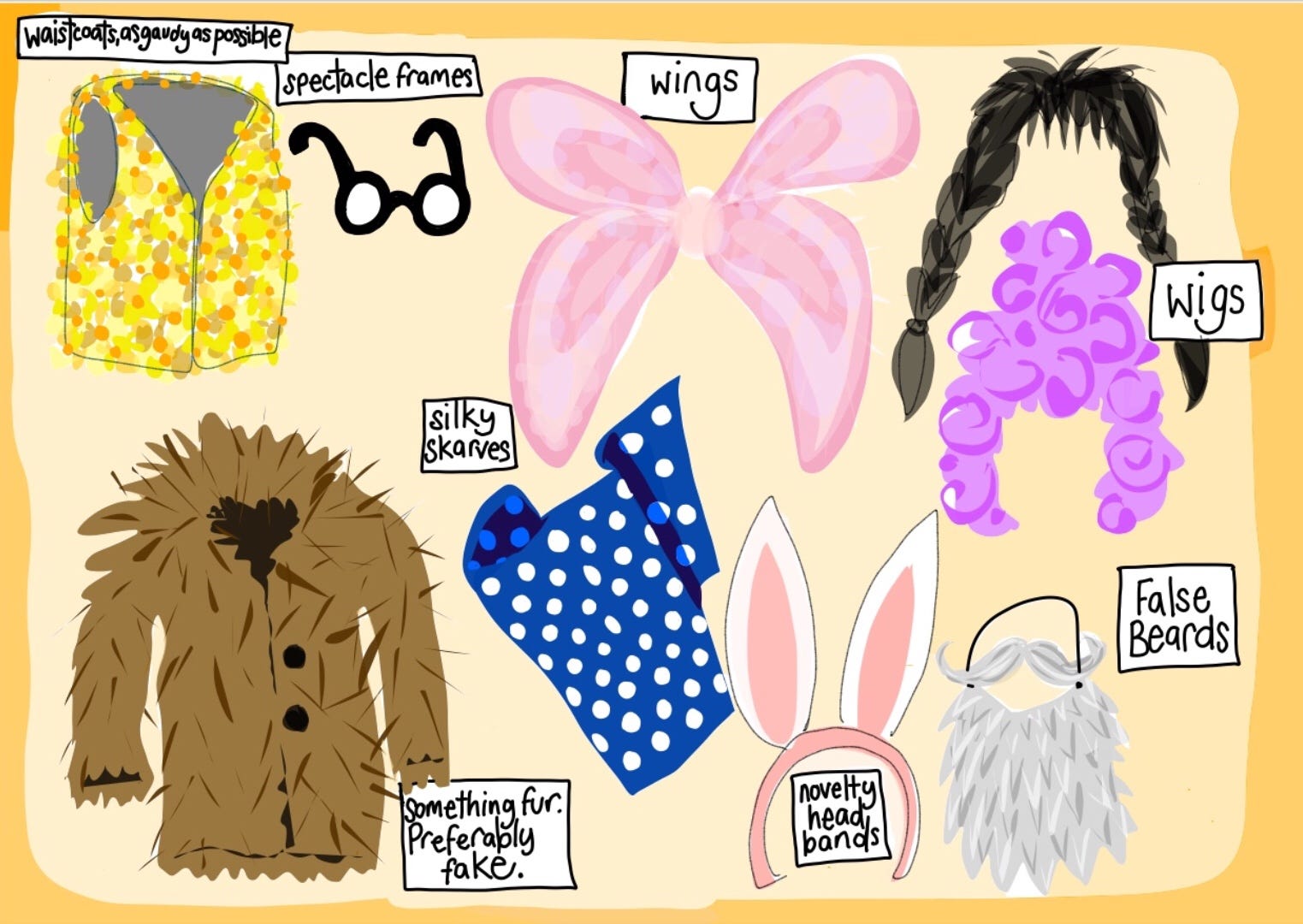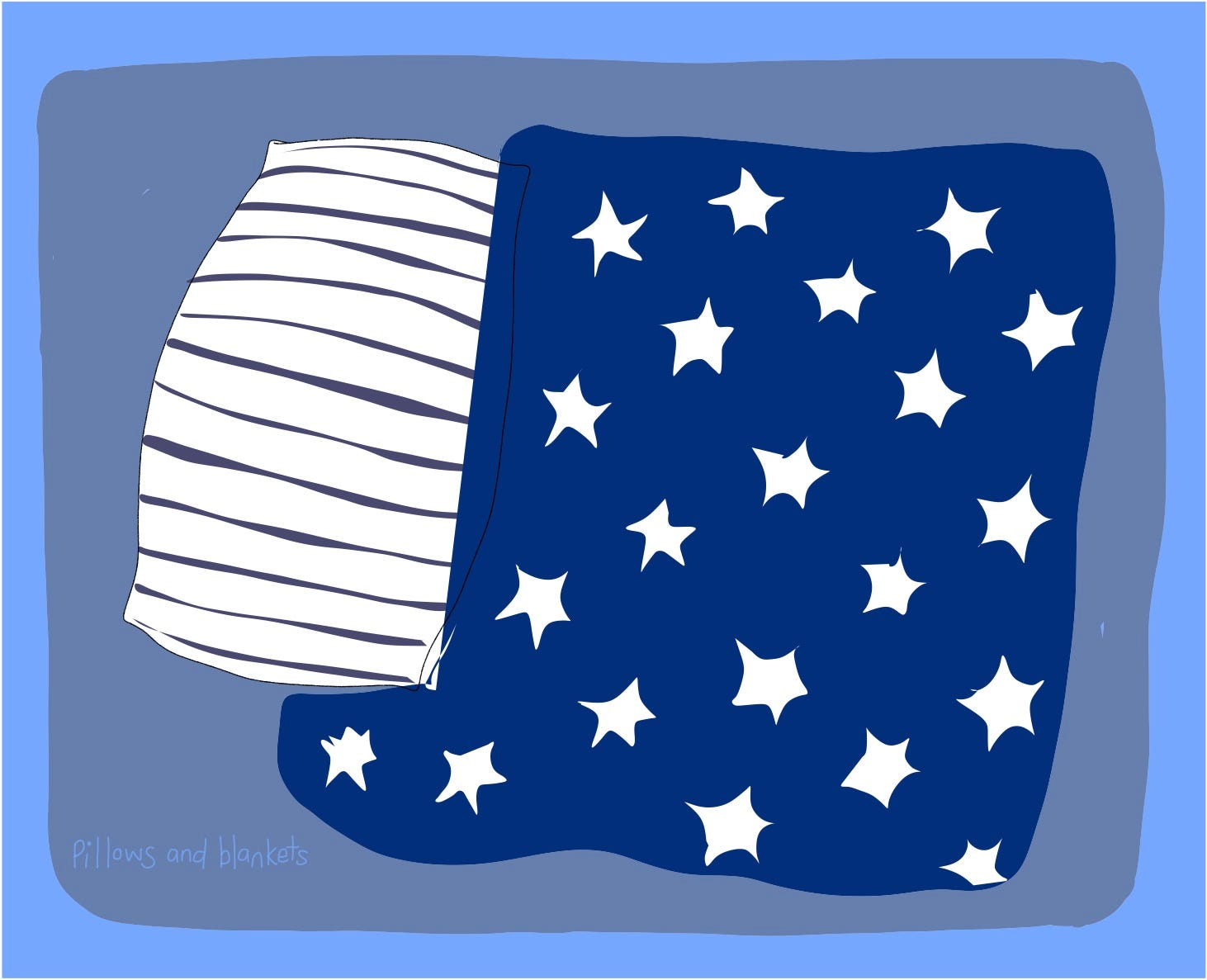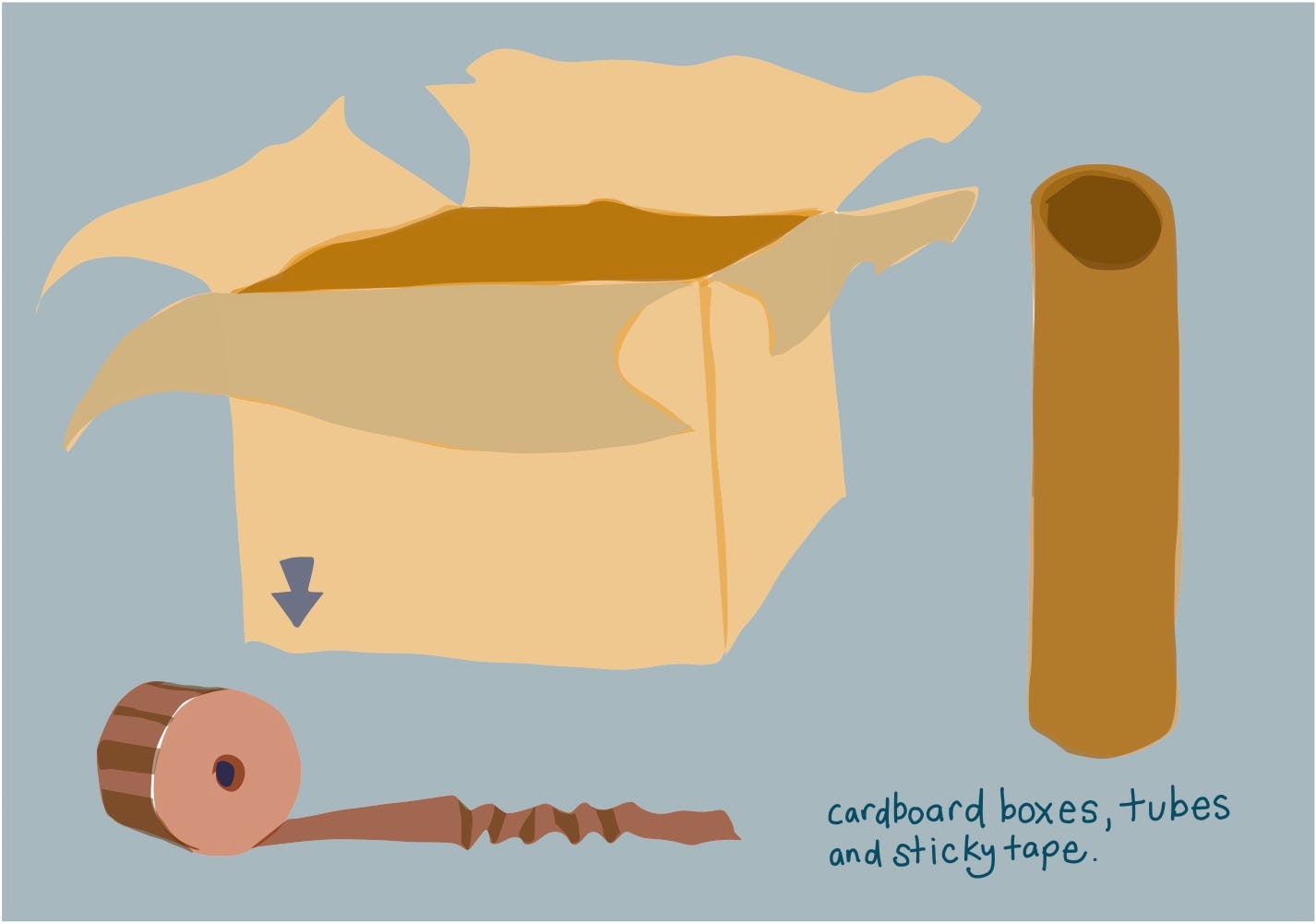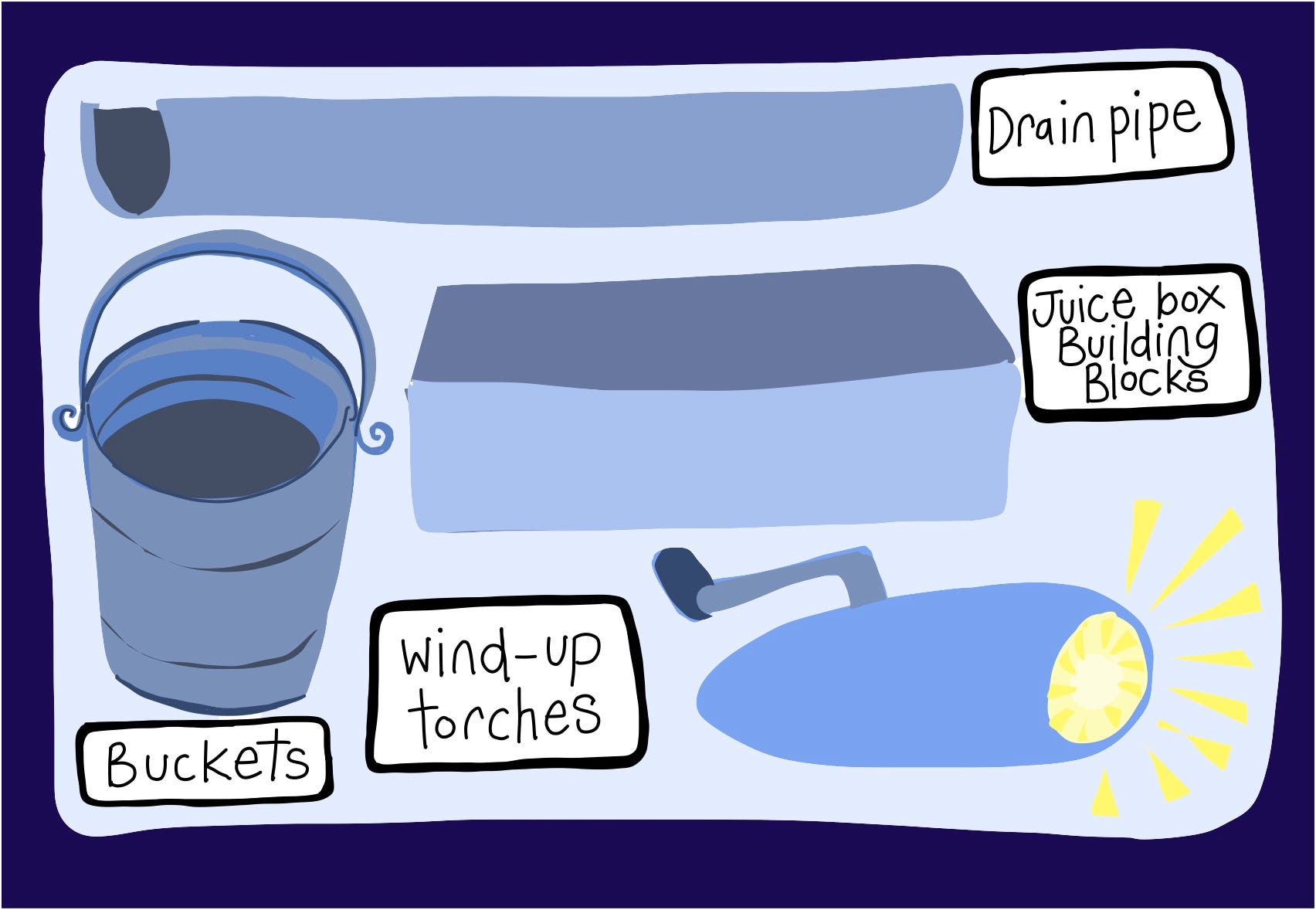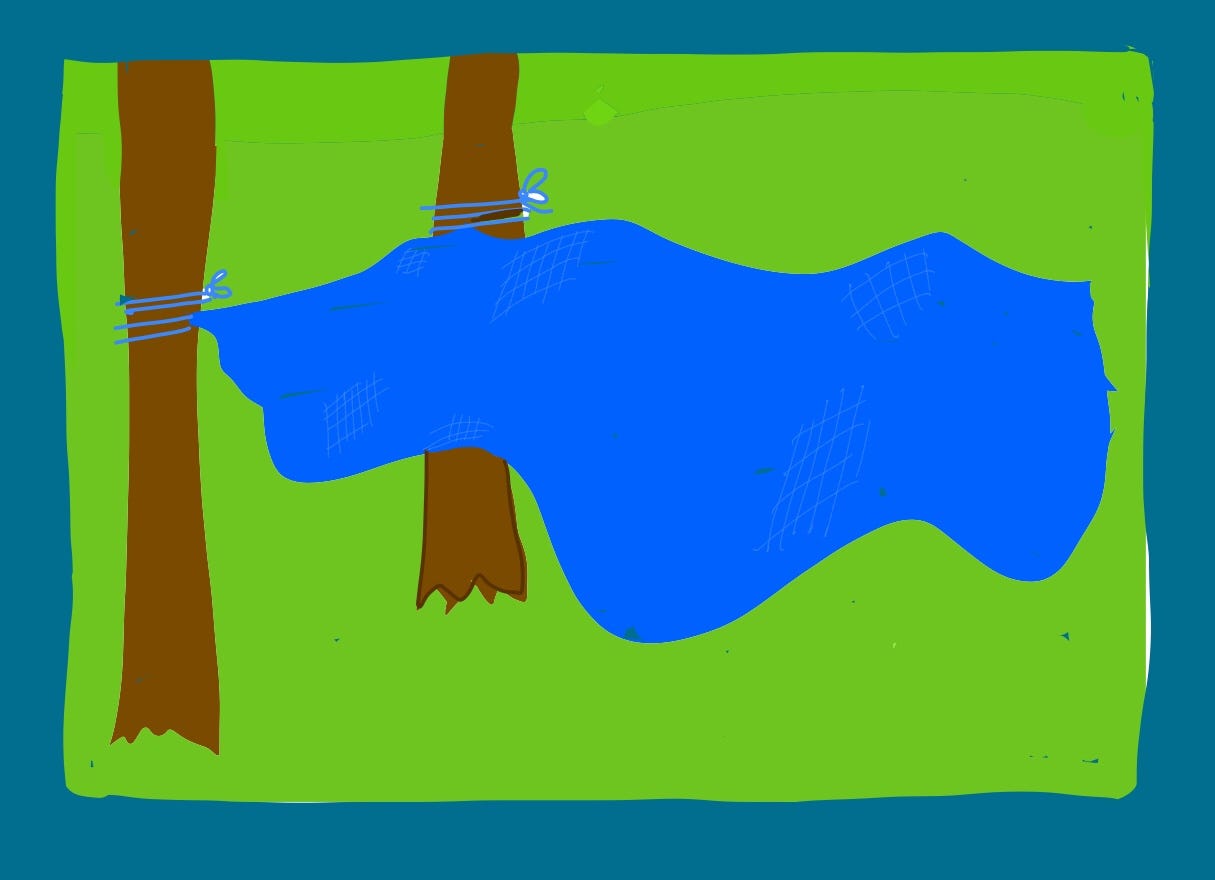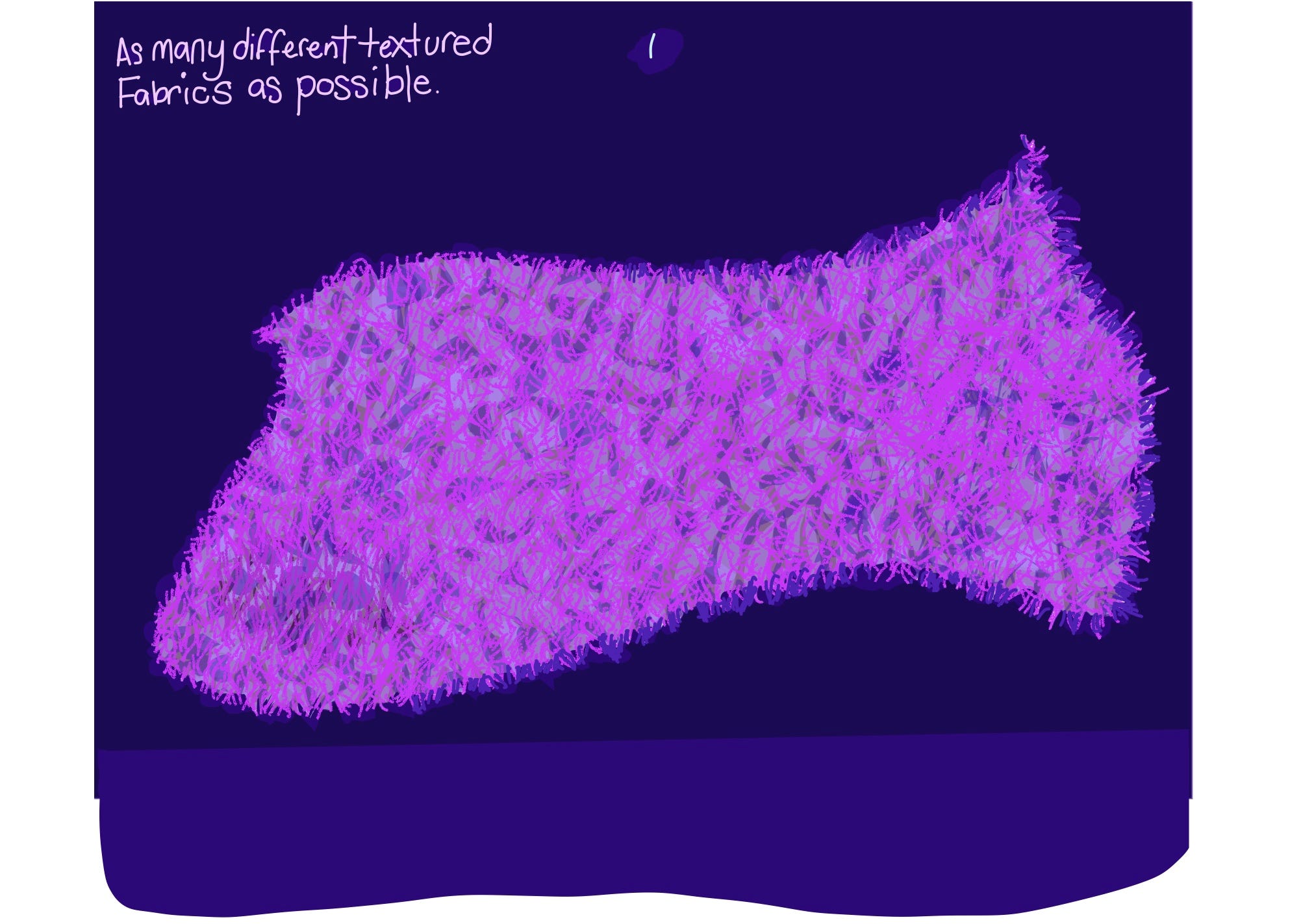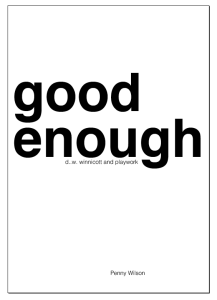Screen Playing.
Playkx was designed as a play offer in the Kings Cross development area that was not a built play environment. Instead of timber or steel structures there is a team of experienced and skilled Playworkers and a vast collection of loose parts, playthings to be used in any way that children need. There are dressing up clothes, masks nets, ropes fabrics, blocks, animal creatures, artificial plants and flowers, all of which can be used for dressing up, the construction of a den, sociodramatic playing of the creation of wild and wonderful fantasy worlds. Nothing is fixed. Everything is flexible.
We were quite careful in those days of another age, to clean and wash and launder and disinfect on a regular basis. The whole-head pigeon mask could be worn by 20 or 30 people a day. No body batted an eyelid. The Imagination Playground blocks were chewed by many teething people, handled by hundreds of children and adults from families from all over the world who had never met before and never would again. We cuddled and tickled and tagged and lifted up and swung around children…. these are things of a faraway time. How unthinkable they seem now.
We counted our visitors, adults and children alike.
Each day our numbers increased. In the winter, when we had access to a large covered space, our highest head count was about 650 people a day.
Outdoors in the parks, numbers were harder to gauge. Families spent the day, often when they expected to visit for only 20 minutes or so. They would bring picnics and birthday parties and meet up with friends and the grown ups would behave as if they were beside the sea, lounging back, relaxing together and keeping an eye on the children as they got on with their own playing.
We made a point of saying hello to the adults and making sure everyone had enough water, watching their playing children with them, listening to them marvelling at the unfolding play. Very often they hadn’t stepped back to watch this before. It was an easy step, which they made themselves, to an understanding that what they were seeing was important and seemed magical and that if they as adults interfered with it, the spell could easily be broken. So yes. We counted both children and adults in our numbers. When we gave out stickers, we gave them also to grown ups … ‘after all the children wouldn’t be here without you!’
The adults became the advocates for the free playing of their children…. that’s how you build change.
Unlike a great many play projects, our funder agreed to pay us for our work to continue throughout the period of isolation. The deal was that we continue to provide a play experience and some online resource, which, just like our play sessions, would be free to use and ‘have the same crazy flavour as the PlayKX we have come to know.’
This was far from being a hardship to us. In fact I suspect that it has proved to be not only a financial lifeline, but a sanity clause.
So within days of the closing of our solid world play provision PlayKX went live with a zoom presence. It was, I suppose, an obvious solution. We have 5k Instagram supporters, most of whom are families who have used our play times. A fair percentage of those families are regular visitors, who live or work in the King’s Cross area. Most others visit us from around London. Some from much further afield.
Somehow we ended up being slightly ahead of the game and had worked out that the the changes that were coming were going to turn our Playworld upside down. We had also managed to work out a few ways to continue. Some of our plans fell by the wayside, some may be used in later phases of our life with isolation. However we spent a few days working out how to use this new Zoom thing, and were ready to start offering online play sessions without missing a single scheduled time slot for our project delivery. We were seamless.
So we sat, like swans, trying to reinvent the way in which we delivered our Playwork. Calm and carefree on the surface, head and shoulders serene and elegant, gliding like the proverbial swan, with the frantic panic and uncertainty out of the sight of the camera.
We have limited technology in our homes, working from iPads or lap tops, the bigger gatherings possible through Zoom and other platforms, were beyond us at first, and to be honest, being limited to nine busy play filled windows on a screen was challenging enough. It is surprisingly exhausting.
We agreed on some basic safeguarding measures. Participation to a play session is by parental request and booking through messages on our Instagram account. Then individual invitations are sent to those parents. No one can join a play session without an invitation, unless we are hacked. In case of this happening the host closes down the whole session immediately.
We sometimes message parents to check in that everything is ok after session if the child seemed out of sorts, or to tell them how brilliant … or to say Thank You.
We hide anything in our homes that can identify our location or personal things we do not want to share. We advise parents to be mindful of this too.
Parents are given a few hints about how to make it easier for the child to participate. (Put your child’s name in the tag in the bottom corner of the screen so we all know who we are playing alongside. Don’t have private phone conversations during the Zoom call. Don’t have music playing as it is distracting to the sound balance and priorities for quieter children’s play. Try not to urge the child to play, let them watch and they can grow into it if they choose.
We make sure that we have a 10 minute, 5 minute and 2 minute countdown to the end of the session and a clear and deliberate greeting and leave taking wave. A small ritual, but it helps.
We agreed that the online work would be grounded in the Playwork Principles, of course. But children were bemused by seeing familiar faces stuttering and freezing in separate little boxes like so many Max Headrooms, and so, in truth were we. We had to devise new ways of presenting play to enable us all to get beyond the screen.
It was obvious that we needed to be more obvious, a more exaggerated version of our usual playing selves. Yet it was also clear that less is more. The cartoon exaggerations that are needed to communicate to children on screens that faulter and sound that is delayed, can be overwhelming and crudely crafted, lending even the most accomplished and subtle of Playwork practitioners the gaucherie of a 70s Saturday morning children’s TV host.
We thought about muting participant screens, but the ability to unmute by the children and the process that they would have to go through to recognise that they wanted to make a deliberate spoken contribution seemed untenable. Instead we prefer to play almost silently ourselves responding to cues.
We needed to think very carefully about our personal backdrop, about camera angles, how we used sound and movement, our scale close to and away from the screen, how we could use the loose parts we had at our disposal to respond to, and offer, play cues. Just as we would in our previous play settings we take a cue or part of the environment and incorporate it into play. When the screen stops moving we maybe follow this up by playing that we are frozen ourselves for a second or so, like ‘grandmothers footsteps’. If a child wants to go into space, we can judder the screens during take off and roll and twist them or turn upside down when we become weightless.
One boy started a session by telling us he had invented a machine with two buttons, one makes things bigger and the other one makes things smaller. We found that this could be true if we moved away from our cameras or pushed our faces close to them. He could control this.
Sometimes it is easier for children to play when our faces are flat on to the screen like the traditional newsreader talking head. Sometimes it is easier to use an external camera and have a profile shot of Playworker faces, it can feel both intense and exhausting to have a huge face peering at you as you play.
It may be fun for an agile Playworker to do handstands or have their feet on view on screen. Frequently this will be in response to an acrobatic display from a child. Though sometimes it will not be. Animals (toys) objects and faces can turn sideways or dangle upside down. Again with an external camera Playworkers and children can be upside down for an entire session.
Other children enjoy a camera turned on the screen so that all of the players can be seen at once repeating into infinity. You can log in from more than once device and have multiple versions of your playing self, turning the sound off prevents the sci fi sound effects cause by the looping of microphones, or you can play with this eerie echoing.
Jake is a musician and can make lovely twangling noises on keyboards or guitar the children sometimes just enjoy the sound but on other days we make beautiful music from many homes, it sounds randomly ethereal.
We just discovered that Hide and Seek lends itself surprisingly well to this medium, (just make sure that one person is nominated to Seek, otherwise, just as in the solid world, it can become tedious.)
Some play sessions are run with one Playworker. These tend to be calmer quieter times and are great for children who don’t care to be too rambunctious. Most of our play times are run by a three person team. We have worked out that it is good to have one Playworker in narrator mode, bringing in play cues and making links between the players verbally. Another Playworker will do this same work visually and the third will keep a quiet watch being calm and keeping a still peaceful window in the screen which seems to help keep things grounded.
From a practical point of view, we find it more important than ever to have a reflective practice time before and after the face to face work. In exactly the same way as would happen in an adventure play setting or a busy play session. Every one sees different things and there is a huge need to compare notes and learn to hone our craft with the benefit of hindsight.
Sessions run for 40 minutes, initially this was because it was the length of a free zoom meeting, but it turns out that this is just the right length of time for adults and children to be able to focus. Any shorter and the ending feels abrupt. And longer and it peters out uncomfortably.
We are experimenting with themes at the moment, running fairly loose topics like Space, Magic and Pirates which can go almost anywhere that the children want, or can be ignored or abandoned easily. It seems to be helpful to families preparing for these sessions to have props and ideas and stories to hand. These are frequently very improvised but could not be more successful if they had been the most expensive bespoke pieces of kit in the world. The Playwork team learned a lot from observing this. In our anxiety and performance nerviness we had had a tendency to over prepare some quite lavish back drops and supplies of loose parts. We soon decided that this was way to heavily interventionist and went back to things being a bit rubbish and homemade and delightfully improvised.
It soon became obvious that with the right support children quickly saw each other playing in their own homes and picked up on what the others were doing, the things they were playing with, or the gist of their play using household objects, rushing away to find their translation of the loose part to join in the experience together. So on our very first play session all of the children had found a blue block of some sort to show us. (Many of the families nockname the project as The Blue Blocks because of the Imagination Playground Blocks we use.)
My cat comes and sits in front of the screen, and within seconds children are holding their own cats, usually soft toys…. but not always.
Dens spring out of nothing, rockets or boats transform from settees. Children crawl in and out of identical laundry baskets in homes miles away. They make each other laugh. We pour cups of tea from real or imagined empty tea pots in to real or imagined cups through our computers. We throw pom-poms or ballooons to each other, eat snacks and sumptuous invisible banquets. We fall asleep and wake each other up scare each other or tickle, blow kisses, find butterfly wings to wear, research what a gekko looks like from our bookshelves for someone who absolutely needs to know it at that very moment. We can all be rabbits. We can talk about cheering together on Thursday evenings. We can listen as a soft toy whispers into the screen that they wish that they could go out to the playground.
Whilst some of the play we see is concerned with demonstrating an inventory of possessions or taking control by becoming Elsa from Frozen or becoming a creature with magical powers, most of the play narratives are about escaping, into space, onto a ship or a train, about children making their own worlds so that they can make it all right again. Miniature townscapes, dens or houses that can be as they should be, or as they were before. They are making their own Narnian gateways for us all to travel into other worlds where we can play together again.
At the end of a long days boat building and fishing on another planet we had travelled to on a spaceship, we all rested our oars and sails and admired the fishes we had caught and with a minute to go until the end of the session, one child whistfully sang ‘Row Row Row your boat’ to us all. It is probably the only time I have ever found that song heart wrenchingly beautiful.
It is our responsibility as Playworkers to catch these nuances, as fragile as whisps of smoke, and hold them tenderly for an extra second or two. Treasure them and keep them safe, precious and attended to.
We have noticed that the older children who have used our Kings Cross sessions have been far more comfortable in playing with their friends across screens than the younger ones. They are able to process the screen image of a play mate and work out the logistics of this play medium to get to the nub of the matter. With littler children it is a more confusing and rather more tenuous process. Our Zoom users are by and large from this younger age group of our community.
This in itself is strange territory to us.
However it is obvious that the 3-5 year olds frequently have younger siblings or are only children. They are not experiencing play with other children, their contact coming largely through structured on line classes and spotting rainbows in windows during their permitted daily ‘exercise’ to remind them that other children exist.
We feel that this isolation may have a dramatic impact on them both now, and afterwards but we cannot anticipate how it will manifest itself. Similarly we have had children explain the Coronavirus to us. They talk about germs on other people, on things and on themselves. What will this intrusion of this invisible danger alive on bodies, in the air between people, on food and front door handles and toys have upon them? How will this knowledge and the behaviours it necessitates affect the growing of their growing brains?
As a team we have thought a lot about what sort of psychological effects this may have for children. Will they be able to Rough and Tumble together in future, playing with all feelings of pretend and real conflict and resolution that this has always carried in the past , and ingore the real fear of the touch of skin on skin?
One major drawback of playing on Zoom is that children do not get to choose the time that they are ready to play. We have been very aware that until recently most children only used screens to star in a conversation to grandparents or far flung family and friends. Now, in our shared play times, they are expected to move through the screen and into the imagined world within the real world of another home. The intellectual leap is huge and we as Playworkers find it challenging. However if they can have the luxury of support through a reticent start, they will be able to figure it out and get down to the business of play, somehow. The draw of it is so very strong, it seems to override most other agendas. Skilling up parents is vital if children are to reach that goal.
We know that many of the families we play with are in flats with no outdoor space or even balconies. The poor soundproofing of those flats is an issue that crops up time and time again. Jumping with enthusiasm is charming for us to see but can unleash a torrent of abuse from Mr Heckles (F.R.I.E.N.D.S.) downstairs. This eventually gets passed on to the child in some way or another, either from furious and frustrated parents or sweet kindly requests for the child to step lightly. Imagine, you are locked up in your flat in isolation, your world is confusing and the outside is somehow dangerous and you have to keep quiet on top of everything else.
We have to be aware of these agendas too. We avoid games that include jumping about or setting up saucepan percussions.
We have played with children and families we have got to know very well from the solid world of Kings Cross. Other families have built a play relationship with us for the first time. Some of them settled into our oddness immediately, some take a little while to acclimatise and others find it doesn’t suit them.
That’s all ok.
We have played with families in South Africa, Hong Kong, Turkey and California. All of them are facing the same frustrations. We have drawn pictures and maps together, told each other stories. We have caught together the whisps of important moments.
Oh and the children have made all of us cry with laughter. They are witty and clever and funny and considerate of all of us. They seem to know that by being funny they are making things better. It is within their power to do this when they play.
Today, in a quiet moment, T showed me what he had built from his wooden building blocks. He has, or course, prepared a den, but it was the small wooden palace that he wanted to show me.
“ I live high up in the roof. Here are Mummy and Baby and Daddy has a work room down here. There is a garden with a playground right outside and here is Penny’s House, Jake’s House and Sioned’s house. Of course we don’t all really live together in the same place but we do here.”
“T” I said, “ You have just built my Mind Palace.”
Then the others arrived and things got busy.


